Hello, readers, and special greetings to all the new subscribers who’ve signed up since the July linkstack. I publish these link roundups once a month and am always happy to receive suggestions for good stuff to read/listen/watch about my favorite topics: names, brands, writing, and the language of commerce. A reminder: To see all the linky goodness, you’ll need to click on the headline to read it in your browser. Or use the Substack mobile app!
One bit of self-promotion up front: Check out my latest story for Medium, “What I Like About American English,” a love letter to U-less “color,” Fahrenheit temperatures, “fall,” and illogical punctuation. That link bypasses the paywall; if you’d like to read the rest of my 90-plus Medium stories, consider becoming a paying member. $50 a year gives you access to everything on Medium. Don’t forget to “clap”—up to 50 times per story—if you like what you’ve read.
You can also follow me on Bluesky, Mastodon, LinkedIn, and Instagram.
Newsletter recommendations of the month
is Farran Smith Nehme’s lively and literate newsletter “about old movies and the people who made them, with occasional thoughts on current film matters.” She also recommends books about movies. is a terrific group-written newsletter about design history with a focus on corporate identity. Most posts are behind a paywall, but Roger van den Bergh’s story of the British European Airways (BEA) logo — created by Mary de Saulles, an industrial engineer and architect — is free, and fascinating. , by New Yorker staff writer Lauren Collins, is an expat American’s take on French life and culture. (Collins is the author of that amazing piece in the magazine about Les Grands Buffets, an over-the-top one-of-a-kind all-you-can-eat restaurant in the South of France.) In this week’s newsletter I learned, among other things, that the French word for a conga line is “chenille,” which means “caterpillar”; and that “the Rothschilds raise boy children in the Jewish faith and girl children in the Catholic one.” I also followed a link to ’s essay on place names, which of course is right up my alley.1 Political branding: Well done
“You can’t overbrand it. You can’t overdo it. You can’t be too showy . . . it has to look like it just exists.” How the Democratic Party found a new brand at its national convention in Chicago. Fun fact I learned: the three wavy lines between “DNC” and “2024” are called the “bacon.” (Fast Company)
Political branding: Whoops
The signs used at a Trump Atlanta rally in early August read, in their entirety, “Lyin’ Kamala, You’re Fired!”—but because the first part of the message was printed in small type, all TV viewers saw behind the Republican candidate was a bobbing sea of “YOU’RE FIRED!” (New Republic)
Political branding: Evolution
A thread on Threads by type designer Jonathan Hoefler that dissects the Harris/Walz campaign logo: “I really think this is a great piece of work, especially given all the constraints of campaign typography, and an existing rollout to reckon with. (And, nerds, few letters are harder to corral than W-A-L-Z, which are a grand guignol of obstinate geometries and stubborn kerns.)”
Political branding: Grassroots
“Hella/Ope 2024” read the August 22 post by a Bluesky user called Amy. Within days, the message had materialized on merch you can buy. Mystified? “Hella” originated in the East Bay, where Kamala Harris was born and raised (read my 2015 explainer). And “Ope” is an exclamation commonly heard in Minnesota, home state of Harris’s running mate, Tim Walz. WPR provides context.
Positive/negative
Speaking of regionalisms: “For some reason, people from different social groups in different regions all over the world believe that saying (things similar to) ‘yeah no’ and ‘no yeah’ is their special thing.” Linguist Mark Liberman collected a bunch of examples and concluded: Yeah, no. (Language Log)
Timely talk
’s latest English in Progress newsletter will bring you up to date on slang like face journey (more journey!) and neologisms like AI washing and fridgescaping. Weird-but-good brand collabs
Adweek spotlights some of the best and the weirdest: Clinique x Crayola (lipstick), Hello Kitty x Dodger Stadium (swag), Peeps x Pepsi (flavored soda; why they didn’t call it Peepsi is a mystery to me).
Branded garbage
A new law in New York City requires chain businesses to containerize their trash instead of dumping it on the sidewalk in great middens of garbage bags.
took a stroll down Madison Avenue and documented the results for readers of her Shop Rat newsletter: “Some brands have even printed their logos on their trash cans, which is just *chef’s kiss*. It certainly looks better, but do they really want to associate their billion-dollar luxury brand with literal garbage? It’s almost as if they couldn’t help themselves, which is endearing.”Bad names
The origin of taboo American place names, including “squaw,” which is being replaced in many locales (
). I’ve written about the “squaw” controversy myself (Medium gift link).A perfect name
A new nasal spray is positioning itself as the needle-free alternative to EpiPen, and it has what Catchword Branding calls “the perfect name”: NEFFY. Read the review (Medium).2
A disappearing name
What happened to “Larry”? (Namerology)
Character names
“On one hand, the goofiness of the names on the show serves as a kind of tribute to the murder mystery genre itself. After all, all of the best and most iconic murder mysteries also feature names that are just a little too grandiose, a little too absurd.” (Meg Walters in The Daily Beast on why “Only Murders in the Building,” which this week began its fourth season on Hulu, has the best character names on TV.3)
Plot twist!
They’re called “pretzel twists,” but they don’t twist in the center. “The language of this classic snack has slowly been corrupted,” laments
.Kill that slogan
) Who loves ya, AI?
Can AI write a beach read?
“This summer, I agreed to a literary experiment with Times Opinion: What is the difference between a story written by a human and a story written by artificial intelligence?” Novelist Curtis Sittenfield shares the results and invites New York Times readers to decide which is which. (Gift link.)
Etymology corner
Where does “coach” come from? (John Kelly takes us on — yes! — a journey)
Where does “riot” come from? (
)Learn English on Instagram!
Not a link but I like it
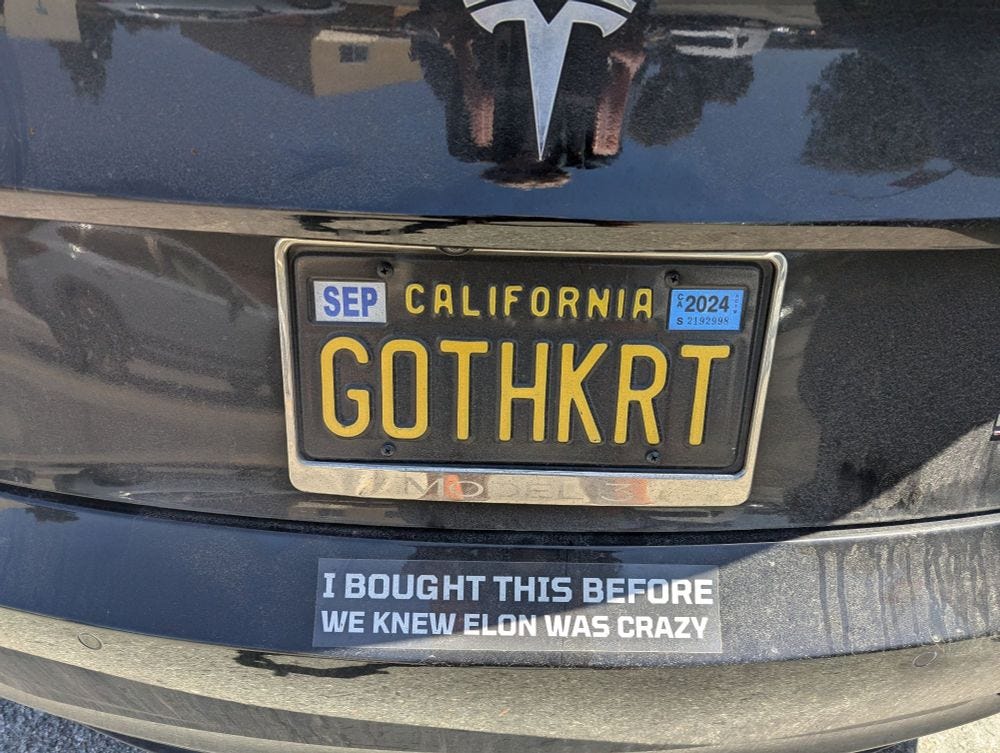
You’ll never guess the headline on that essay. Or rather: You’ll almost certainly guess it, because it’s the default headline ON EVERY ARTICLE ABOUT NAMES. Mark Gunnion wrote about the overuse a few years ago.
My first association with NEFFY is Walter Neff, the insurance salesman led astray by femme fatale Phyllis Dietrichson in Double Indemnity, but that may be because I’ve watched the movie at least 15 times, most recently just this week.
Want to learn more about character names? See my story for Medium, published last year.

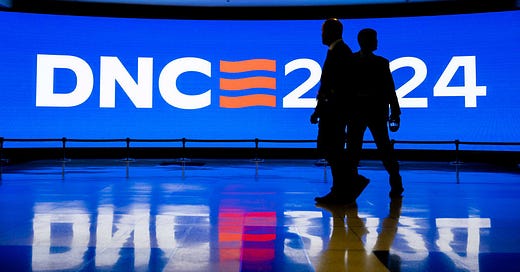



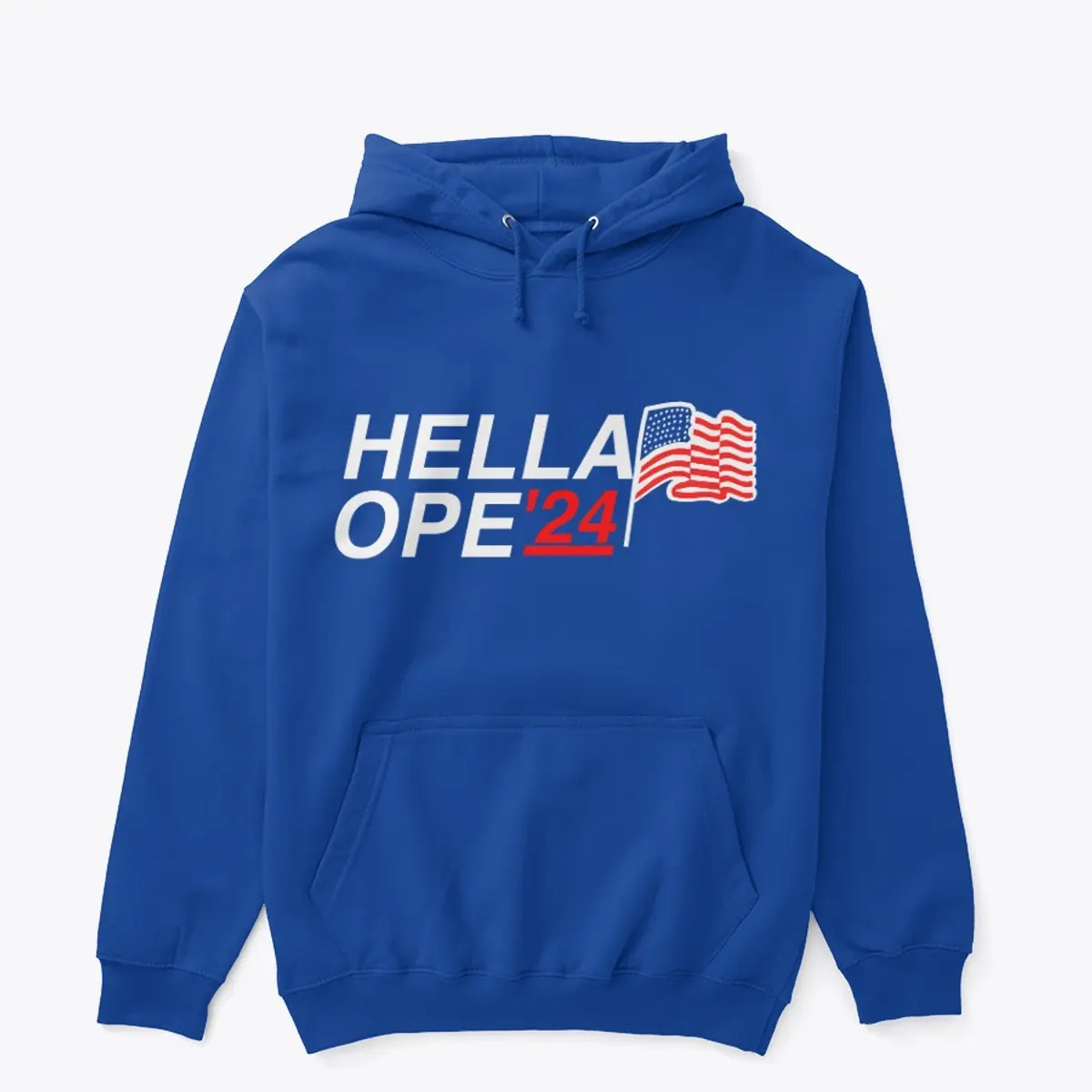
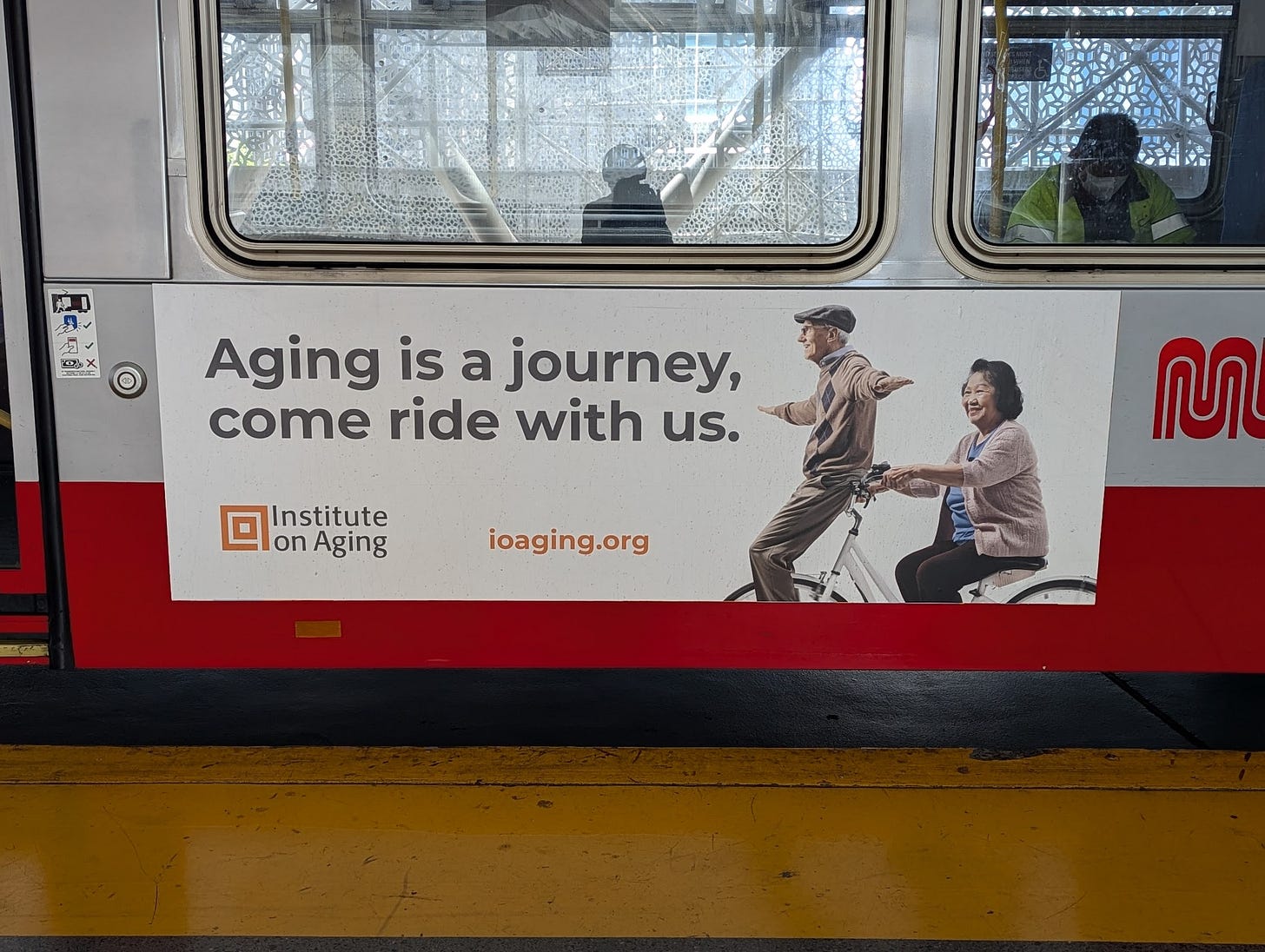
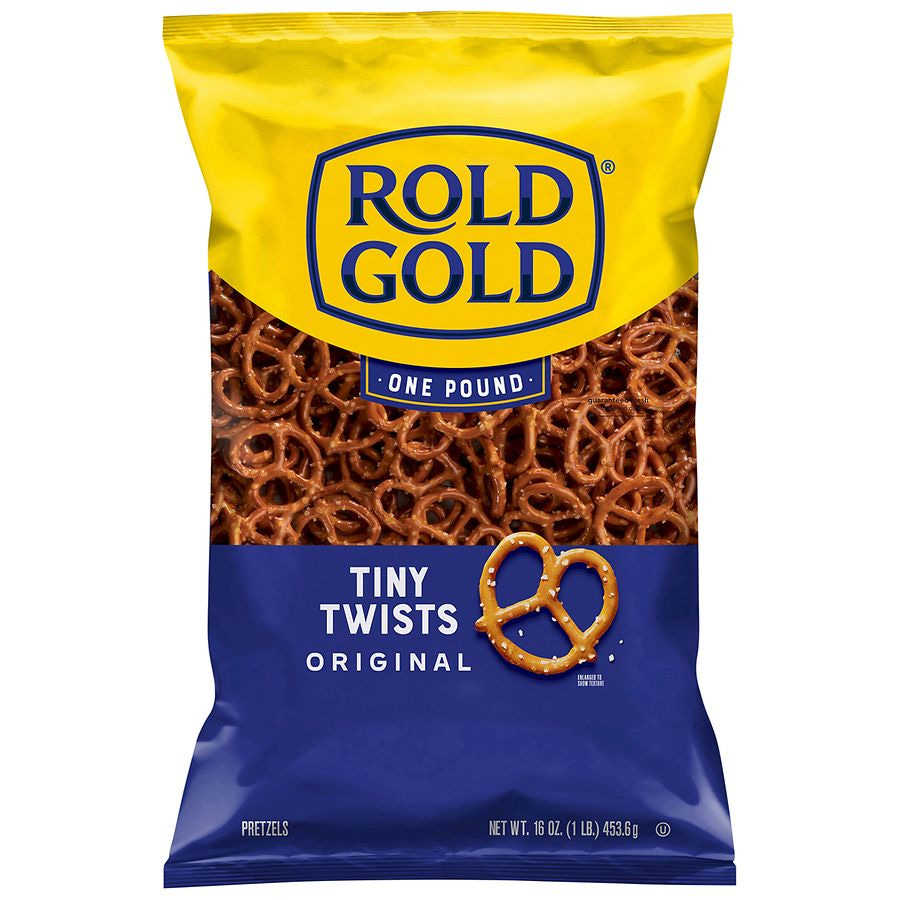

A fine collection of information, Nancy! As to the S-word, I remember when the Scrabble app decided to do a little housekeeping and it became unplayable, though whether that was the same time that JEW became unplayable, or a different time, I don't quite recall.
Is GOTHKRT supposed to be, like... Goth-Kart? Or - given the Elon anti-shout-out - an explanation and invitation to share one's aesthetic? "Goth, K? RT!"
(Oh, and I assume HELLA/OPE is a deliberate riff on Obama's HOPE, but maybe that's a coincidence. And if it is, someone must have made the HELLA/OPE/HOPE mashup shirt already!)